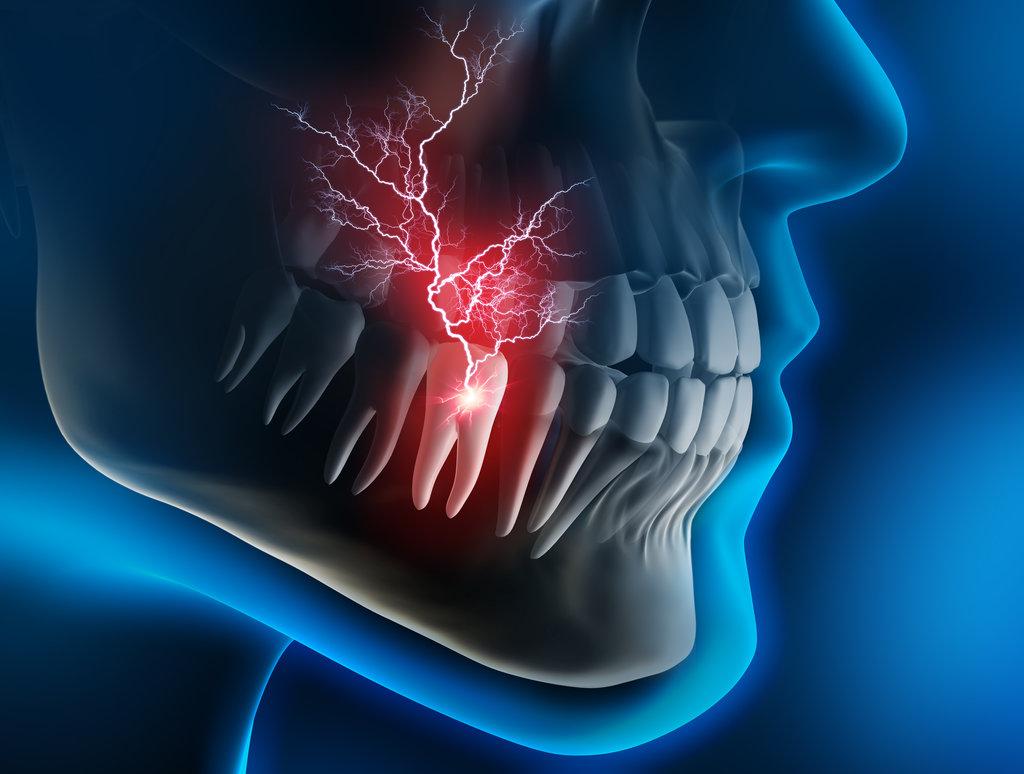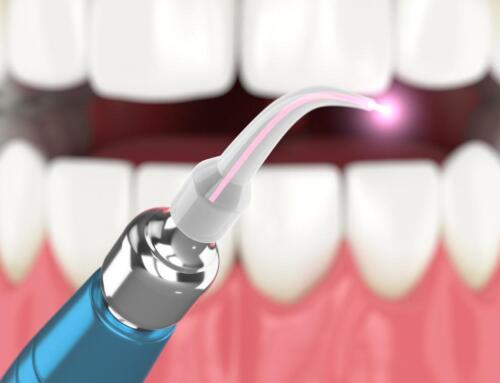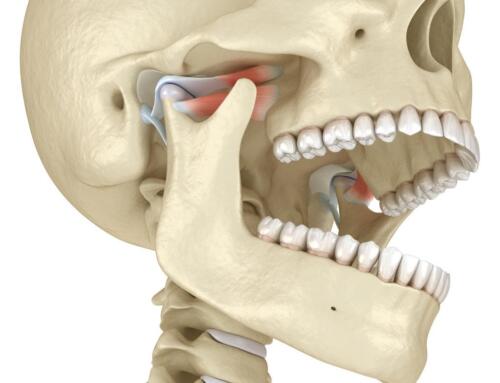
When a toothache strikes with relentless intensity, transforming even the simplest daily activities like sipping coffee or chewing food into sources of agony, your tooth might be sending you a critical message. Root canal treatment often becomes the beacon of hope for preserving a tooth facing severe infection or damage, allowing you to maintain your natural smile instead of losing the tooth entirely.
At Imagine Dentistry in Charlotte, North Carolina, we understand how concerning dental pain can be. Dr. Ann Blaine Coambs, with over 20 years of experience and recipient of the Charlotte Magazine Top Dentists Award every year since 2016, along with Dr. Shelli Boucher, who brings over 15 years of experience including extensive continuing education at The Dawson Academy, work together to provide comprehensive dental services to help you maintain optimal oral health.
Persistent, Severe Tooth Pain
The most telltale sign you might need root canal treatment is experiencing persistent, severe pain in a specific tooth. This pain often intensifies when you bite down, chew, or apply pressure to the affected area. Unlike minor sensitivity that comes and goes, root canal pain tends to be constant and throbbing, potentially waking you up at night or making it difficult to concentrate during the day.
The pain occurs because the nerve tissue inside your tooth has become infected or severely inflamed. When bacteria penetrate the tooth’s protective layers through deep decay, cracks, or trauma, they can reach the pulp chamber where the nerve resides. If you have a severely damaged, decaying tooth or a serious tooth infection (abscess), your dentist may recommend a root canal treatment. This procedure can repair and save your tooth instead of removing it entirely.
Prolonged Sensitivity to Temperature
While brief sensitivity to hot or cold temperatures is relatively common, prolonged sensitivity that lingers long after the temperature stimulus is removed can indicate nerve damage requiring root canal treatment. If you notice that drinking a hot beverage or eating ice cream causes pain that persists for several minutes or even hours, the nerve inside your tooth may be compromised.
This type of sensitivity differs significantly from normal tooth sensitivity. Normal sensitivity typically subsides quickly once the hot or cold stimulus is removed. However, when the nerve tissue becomes infected or inflamed, your tooth may continue to ache long after you’ve finished your hot soup or cold smoothie.
Swelling and Tenderness in the Gums
Swelling around a specific tooth, particularly when accompanied by tenderness in the surrounding gum tissue, can signal an infection requiring root canal treatment. You might notice a small, pimple-like bump on your gums near the affected tooth, which dental professionals call a fistula. This bump allows infected material to drain from the tooth root.
The swelling may come and go, but it typically returns and can spread to other areas of your face if left untreated. Some patients also experience tenderness in nearby lymph nodes as their body attempts to fight the infection. Emergency dental care becomes crucial when facial swelling develops, as infections can spread rapidly.
Darkening or Discoloration of the Tooth
A tooth requiring root canal treatment often undergoes noticeable color changes. The affected tooth may appear darker, gray, or develop a yellowish-brown tint compared to surrounding teeth. This discoloration occurs when the nerve tissue inside the tooth begins to die, similar to how a bruise changes color as it heals.
The color change happens gradually and may be one of the first signs you notice, even before experiencing pain. While some discoloration can result from external staining, internal discoloration typically indicates nerve damage or death. Professional evaluation can determine whether the discoloration stems from nerve problems requiring root canal treatment or external factors that might respond to teeth whitening procedures.
Early detection of these warning signs can make a significant difference in your treatment outcome and overall comfort. Root canal treatment has evolved tremendously over the years, and modern techniques focus on patient comfort while effectively removing infected tissue and preserving your natural tooth structure.
Additional signs to watch for include:
- Recurring abscesses or drainage from the affected tooth
- Increased pain when lying down or bending over
- Bad taste in your mouth originating from the affected area
- Loose or mobile feeling in the tooth
These symptoms may develop gradually or appear suddenly, depending on the extent of the infection or damage. Some patients experience all these signs, while others may only notice one or two symptoms initially.
Trust Your Oral Health to Imagine Dentistry
Recognizing these four key signs of potential root canal needs empowers you to seek timely treatment and preserve your natural smile. At Imagine Dentistry, Dr. Coambs and Dr. Boucher combine decades of experience with state-of-the-art technology to provide comfortable, effective root canal treatments when needed. Dr. Coambs’ Fellowship Award from the Academy of General Dentistry, earned by only 6% of general dentists, demonstrates our commitment to advanced dental care.
Don’t let dental pain control your life or compromise your oral health. Our team provides comprehensive evaluations to determine the best treatment approach for your specific situation, whether you need root canal treatment or alternative solutions. Take the first step toward relief by requesting an appointment today.

LEGALLY REVIEWED BY:
Dr. Ann Blaine Coambs, DDS, FAGD
Dr. Ann Blaine Coambs is a general dentist practicing in Charlotte, NC, with over a decade of clinical experience. A graduate of Rice University and the University of Texas School of Dentistry, she completed her residency at CMC Hospital (Atrium Health) and has served the Charlotte community since 2012. Earned the Fellowship Award from the Academy of General Dentistry – an honor held by fewer than 6% of general dentists nationwide.
Dr. Coambs is known for her patient-focused approach, blending advanced dental techniques with warmth and precision.
- FACT CHECKED
EDITOR










